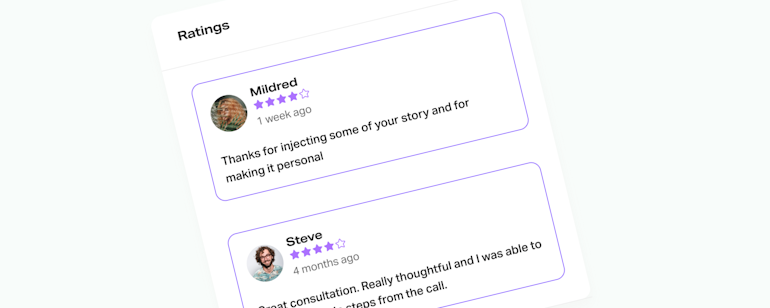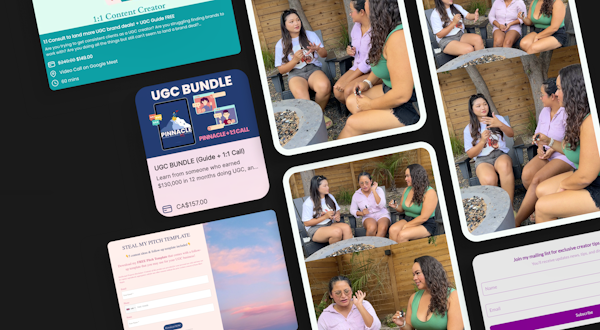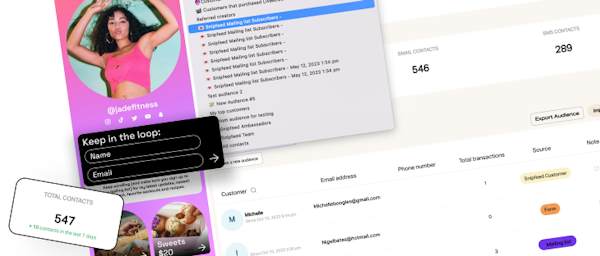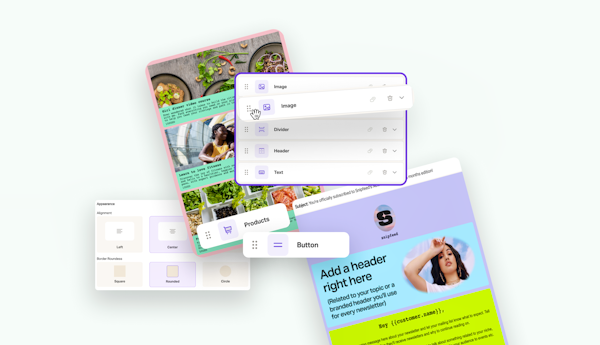Social proof is a marketing phenomenon as old as time - but how can we use it as creators selling via our Snipfeed storefront? Explore this guide to discover how to promote the value of your offerings on and off social.
How can I use social proof to generate conversions?
Social proof is a concept that revolves around our tendency to look to others for cues on how to behave and what decisions to make.
Collecting reviews on your Snipfeed offerings is a form of social proof, allowing you to build credibility, influence and foster trust with new followers and potential customers. Positive reviews can drive sales, attract new customers, and provide valuable feedback for improvement.
Now you’re wondering, ok, how can I get started?
Well, you need a strategy for gathering social proof and making sure it is seen by your potential leads and followers. Let’s explore different ways to collect social proof first:
Types of social proof
Displaying reviews on your Snipfeed offerings: How many times have you checked the reviews on a product or service online before getting out your credit card? Collect star ratings and testimonials from customers and display them on each of your Snipfeed features on your page to increase trust in your brand and increase sales.
Find out more about the Snipfeed Reviews feature here or click the image below.

Customer testimonials: Highlight positive feedback and testimonials from satisfied customers. When potential buyers see that others have had a positive experience with your product or service, it builds trust and confidence.

Customer endorsements: Collaborate with other creators or industry experts who have a strong following and credibility. When they endorse your product or service, their followers are more likely to trust their recommendation, leading to increased sales.
User-generated content: Encourage customers to share their experiences on social media and other platforms. User-generated content, such as reviews, photos, and videos, serves as authentic social proof that can influence potential buyers.
Social media engagement: Engage with your audience on social media by responding to comments, addressing concerns, and showcasing positive interactions. This creates a sense of community and demonstrates that others are actively engaging with your brand.
Case studies and success stories: Share real-life examples of how your product or service has helped customers achieve their goals or solve their problems. Concrete examples and stories resonate with potential buyers and provide tangible evidence of your value.









